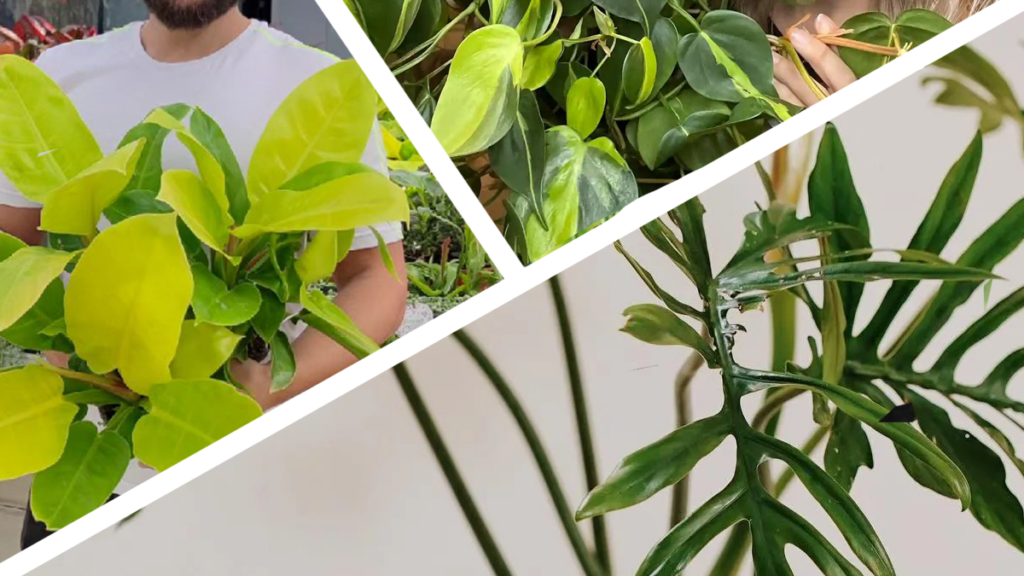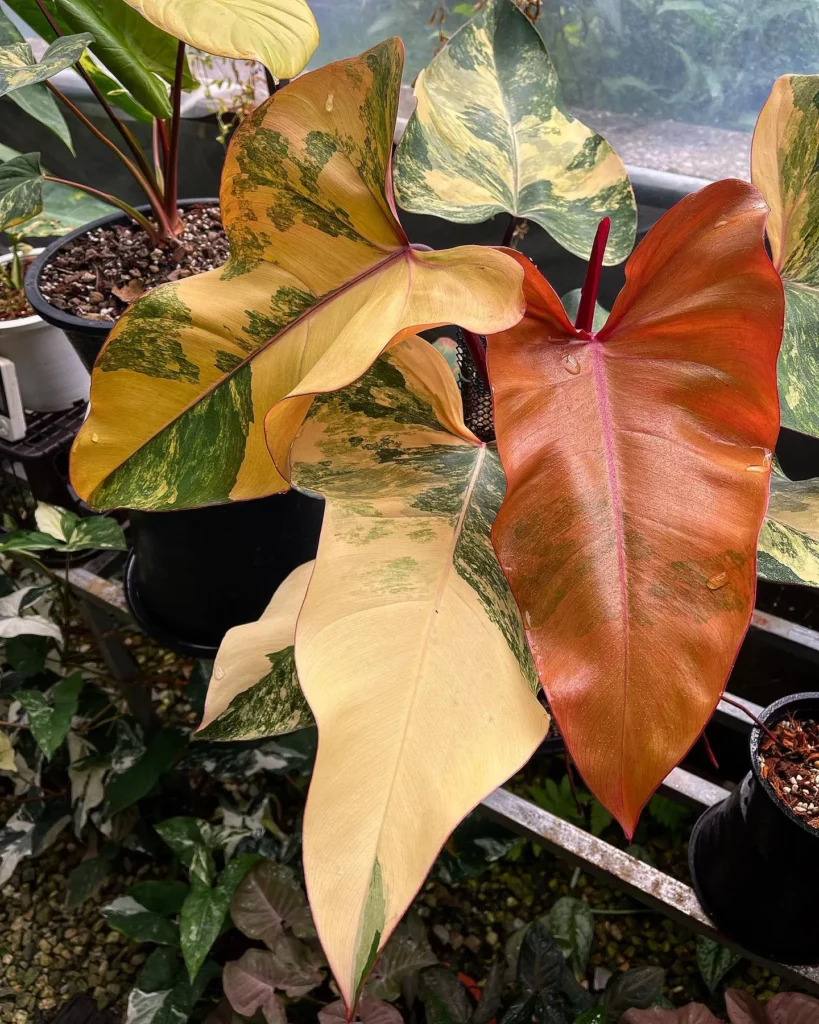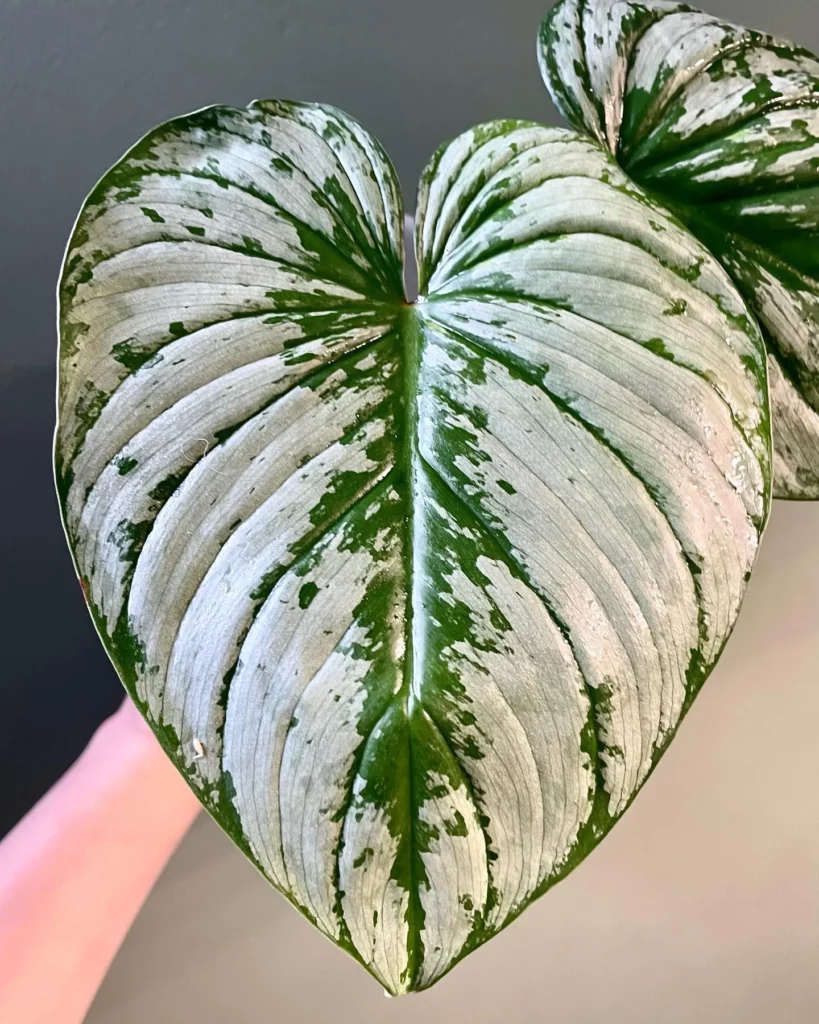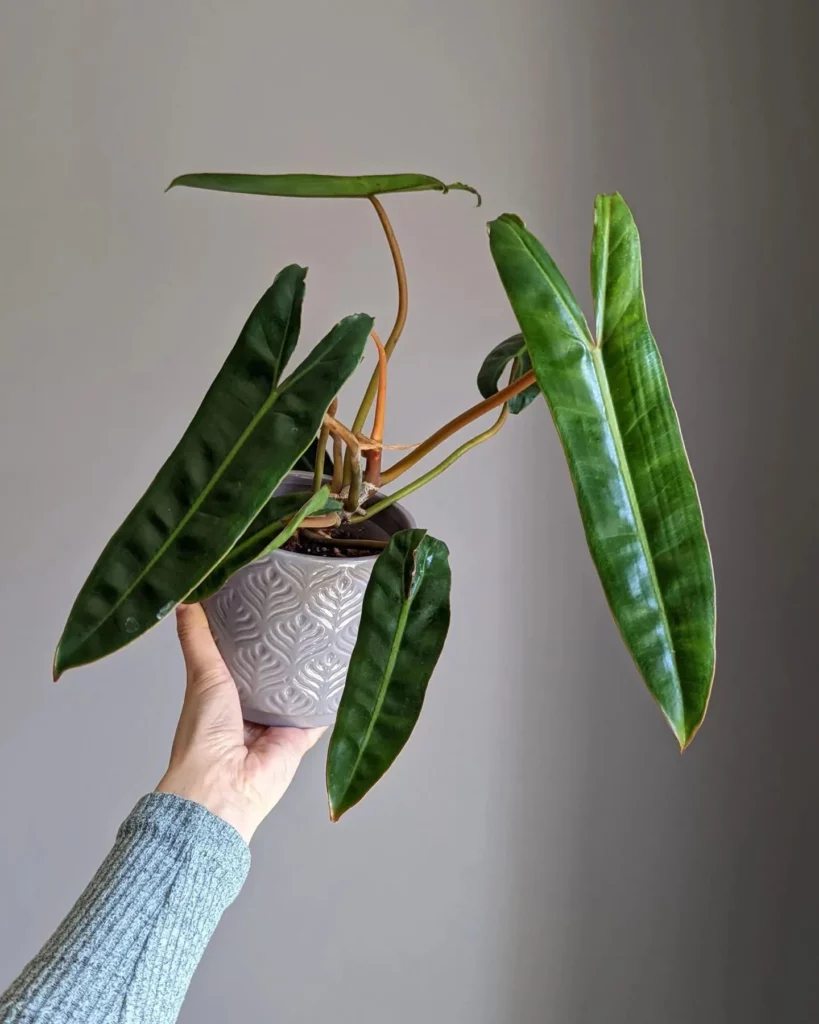Welcome to our care guide for the stunning Philodendron Imperial Red, also known as Philodendron erubescens ‘Imperial Red’. This houseplant is not only beautiful, but it is also incredibly easy to care for. In this article, we will provide you with expert tips to help you keep your Philodendron Imperial Red thriving and looking its best.
From its unique characteristics to its specific light requirements, watering needs, and potting advice, we will cover everything you need to know to ensure your Philodendron Imperial Red grows healthily. We will also discuss propagation methods, growth and development, as well as how to deal with common pests and diseases that can affect this plant.
Key Takeaways:
- Philodendron Imperial Red, also known as Philodendron erubescens ‘Imperial Red’, is a stunning and easy-to-care-for houseplant.
- The Imperial Red stands out with its maroon and dark green leaves, adding a dramatic touch to any space.
- Place your Philodendron Imperial Red in bright indirect light and avoid direct exposure to the sun.
- Water your Philodendron Imperial Red when the top half of the soil is dry, and be mindful of the water quality.
- Maintain a humid environment for your Philodendron Imperial Red to promote healthy growth.
Why Is Philodendron Imperial Red Unique?

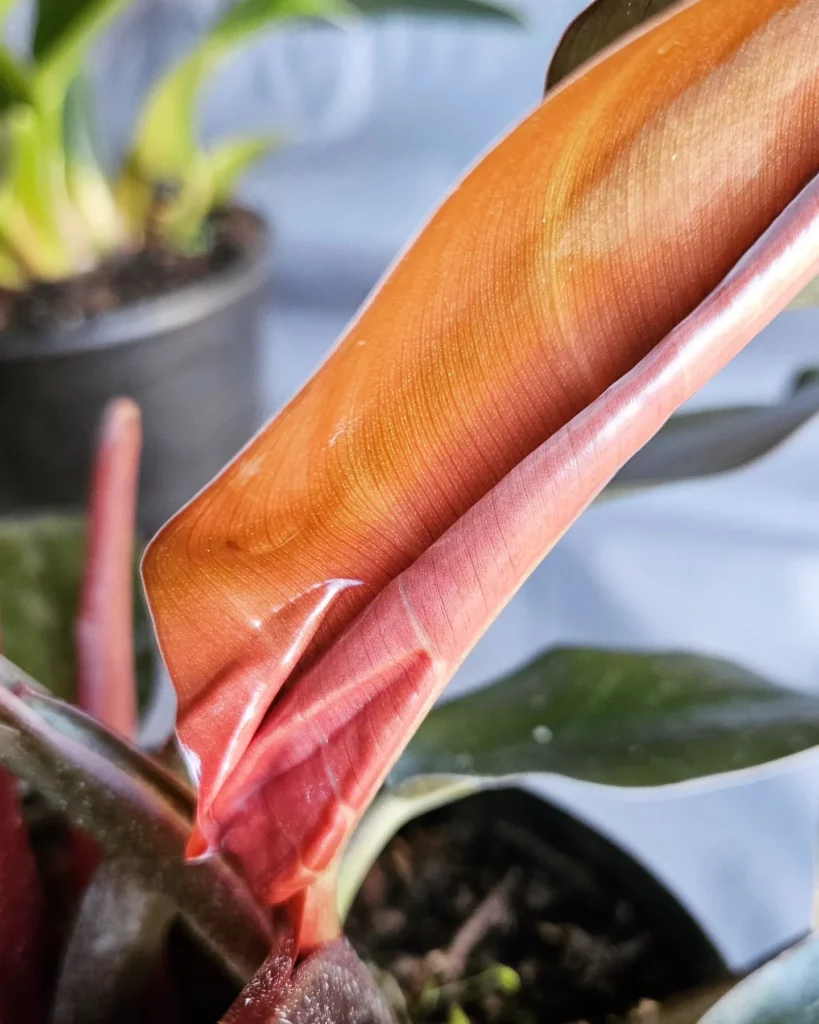
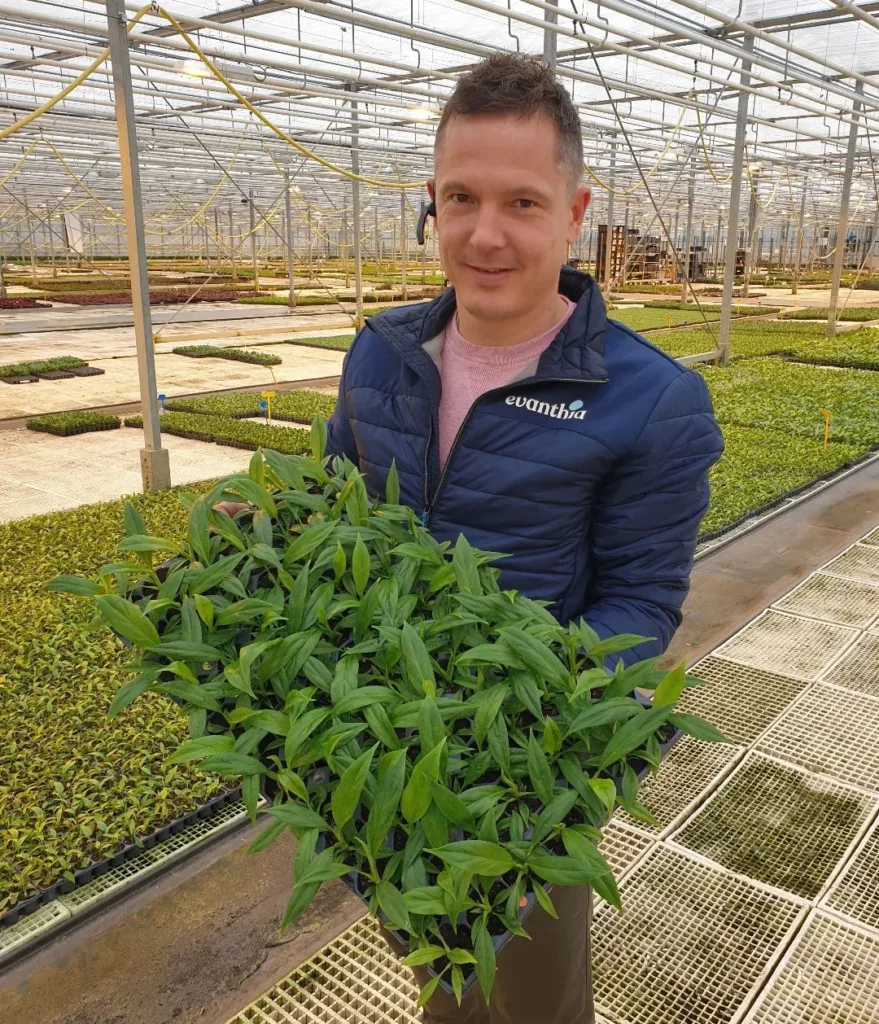
The Philodendron Imperial Red is a hybrid philodendron with unique characteristics that set it apart from other varieties. Belonging to the Araceae family of aroids, it is also known as the Blushing Philodendron or Red-leaf Philodendron. What makes the Imperial Red truly special are its size and color. The leaves exhibit a striking combination of maroon and dark green, creating a dramatic appearance that catches the eye. Unlike climbing philodendrons, the Imperial Red has a self-header growth habit, resulting in large, upright leaves. This hybrid philodendron stands out not only for its unique beauty but also for its ease of care and adaptability to various conditions.
Appearance of Philodendron Imperial Red
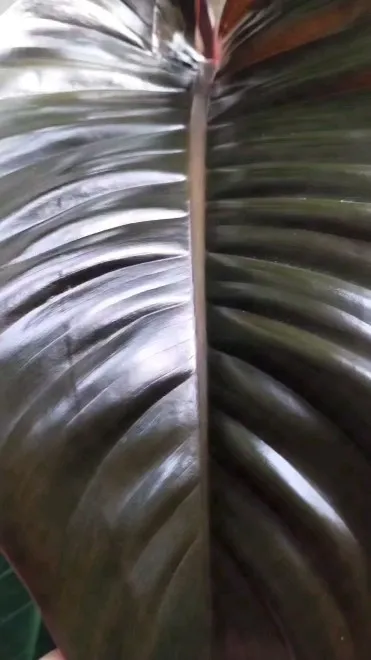
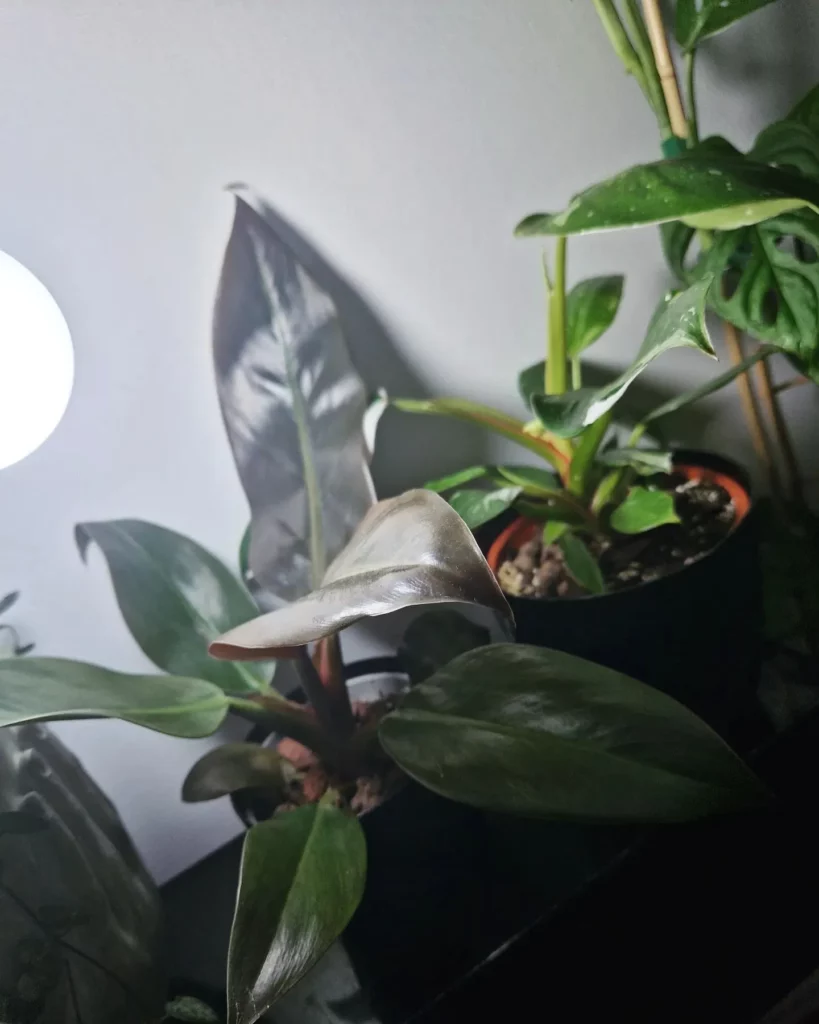
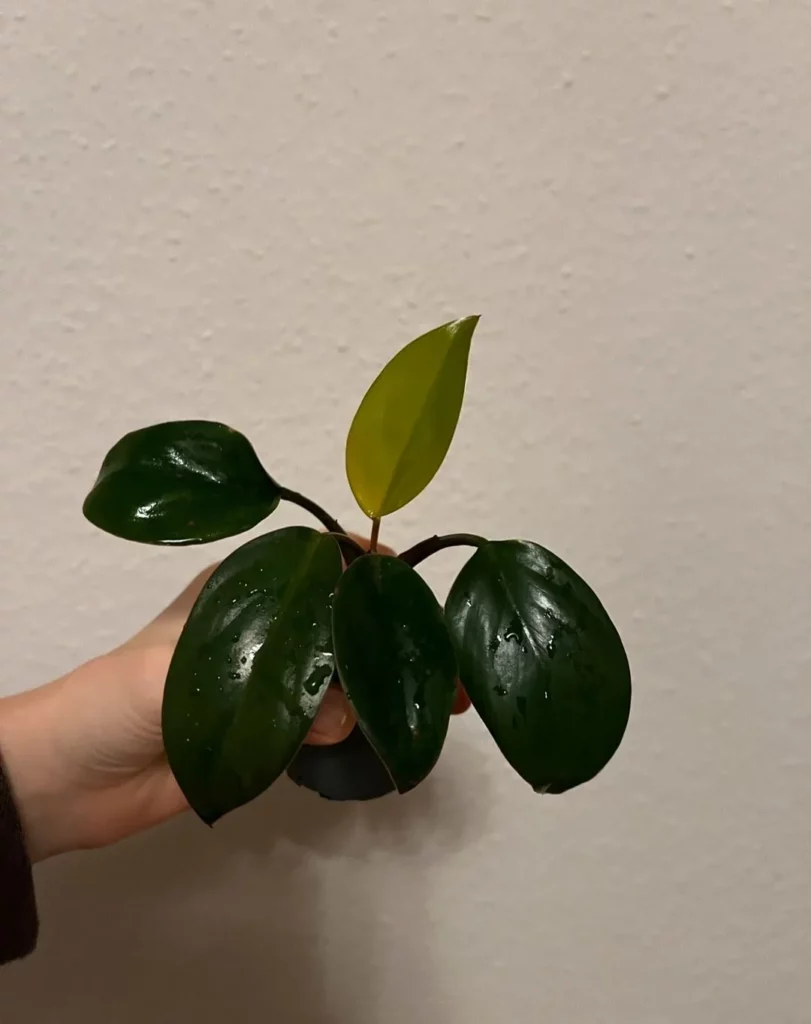
The Philodendron Imperial Red is a visually stunning plant with unique features that make it stand out. Its glossy, wide, oval-shaped leaves are a beautiful combination of maroon and dark green colors, creating an eye-catching display. As the plant matures, the leaves spread out laterally, giving it a full and lush appearance. It can reach an impressive height of 2-3 feet with a leaf spread of 2-3 feet, making it an ideal floor plant that fills any space with its elegance. The barely visible stem adds to the plant’s beauty as it keeps the foliage upright.
Light Requirements for Philodendron Imperial Red
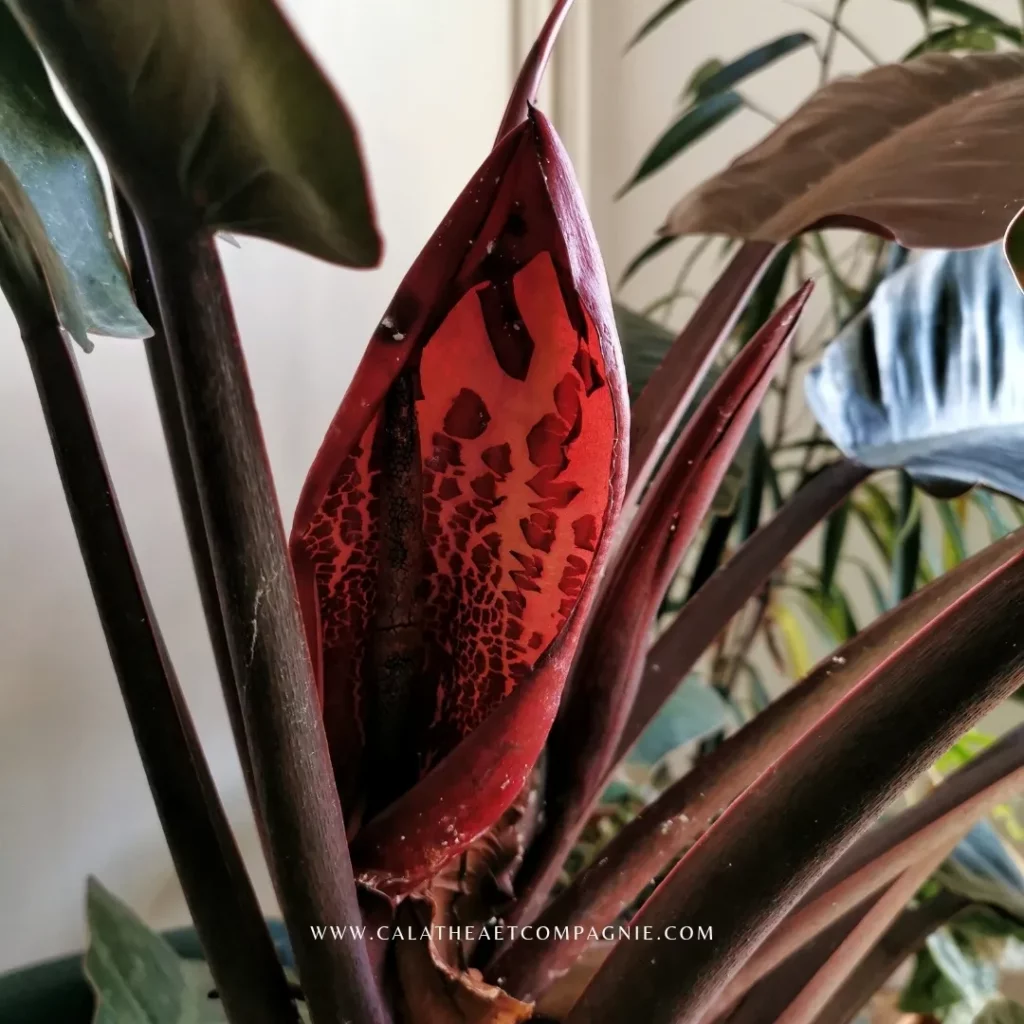
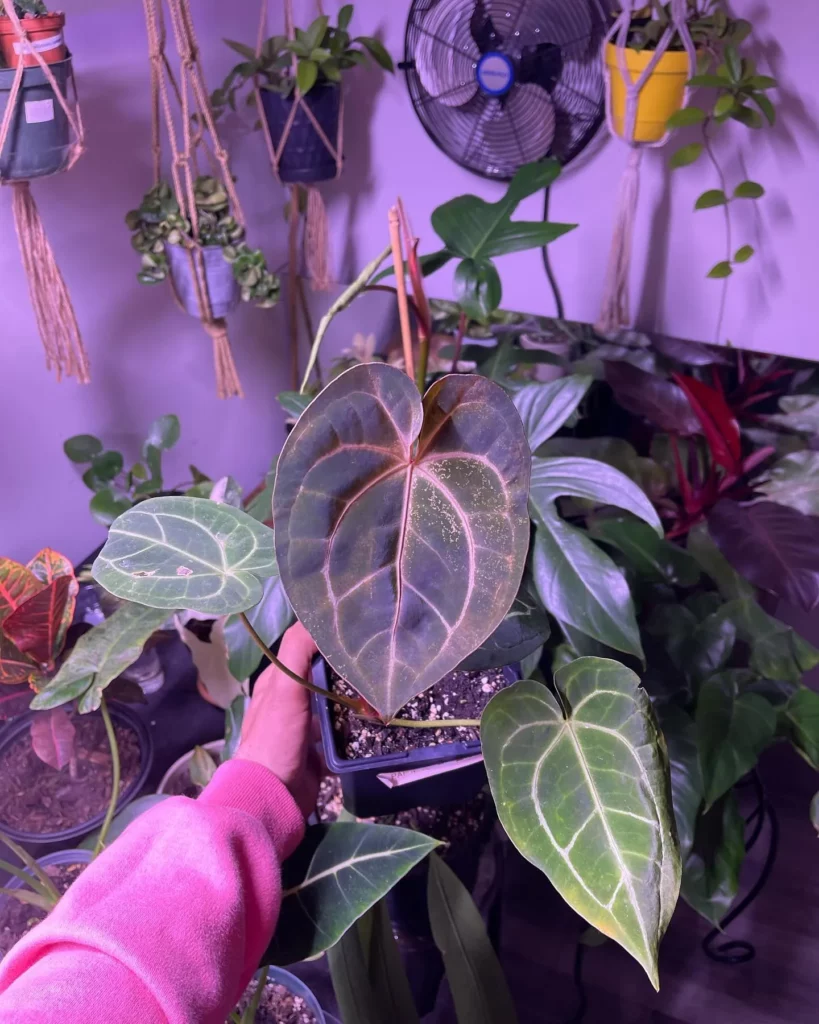
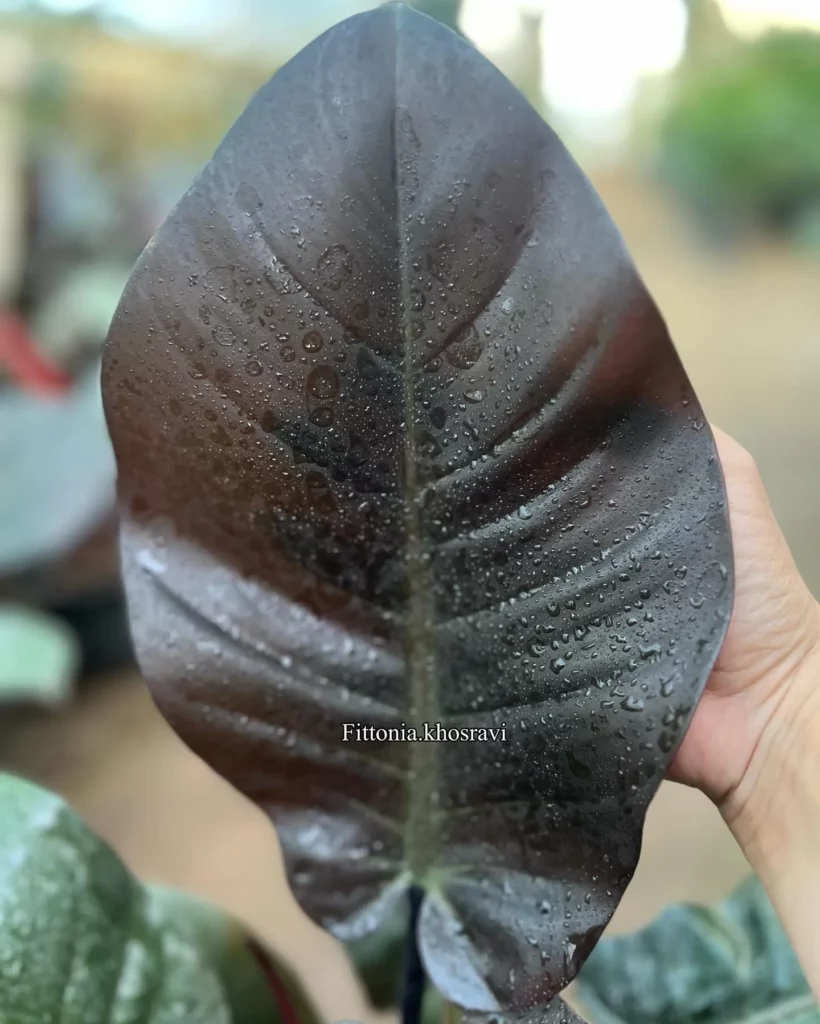
The Philodendron Imperial Red, a tropical plant, thrives in bright indirect light. Since it naturally grows in the dappled shade of rainforests, it requires a similar light environment to flourish. To provide ideal light conditions, place your Philodendron Imperial Red near a north or east-facing window, where it can receive gentle morning light without direct exposure to the sun. Avoid placing the plant in a south or west-facing room, as the afternoon sun can be intense and potentially damage the leaves. Remember that this plant is sensitive to light, so signs of insufficient light include yellowing leaves, slow growth, and loss of vibrant colors. Taking care of its light requirements will ensure that your Philodendron Imperial Red remains healthy and thriving.
Watering Philodendron Imperial Red
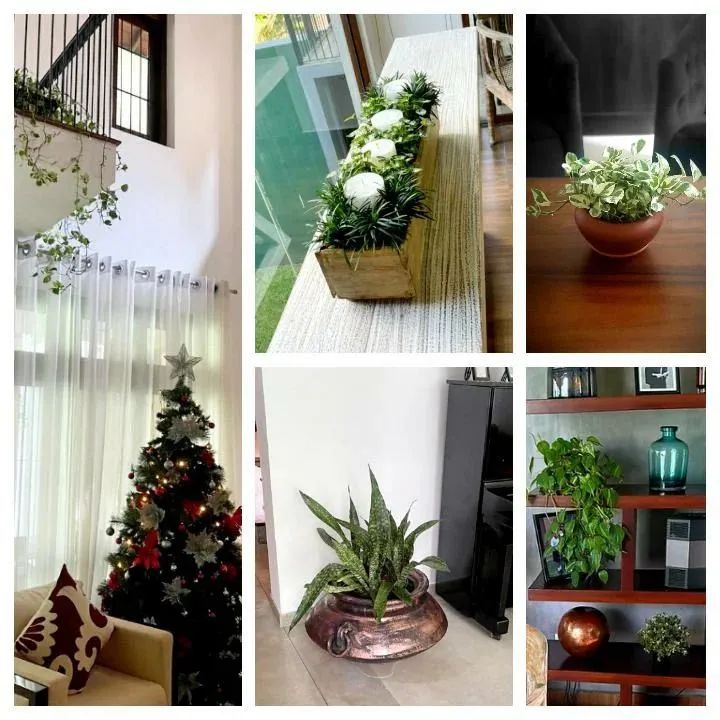
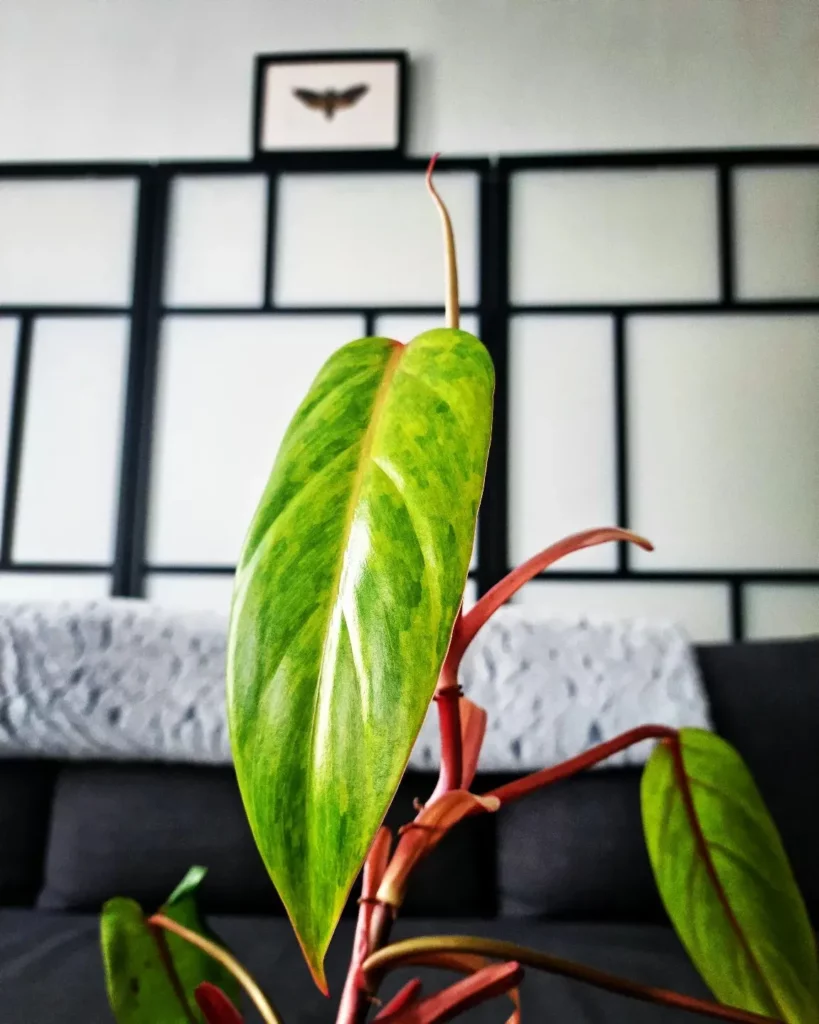
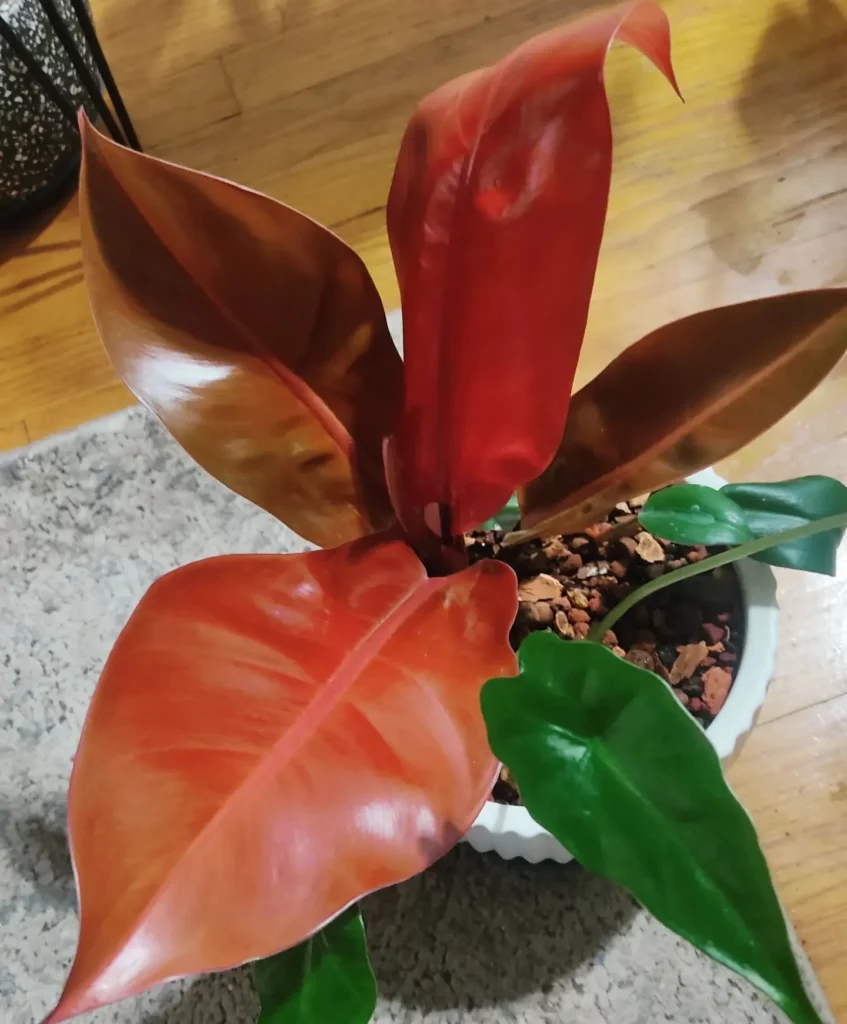
Proper watering is crucial for the health and well-being of your Philodendron Imperial Red. To ensure optimal growth and prevent issues like root rot, it’s important to follow a consistent watering schedule.
Wait until the top half of the soil is dry before watering your plant again. This allows the roots to absorb moisture without becoming waterlogged. However, make sure not to let the soil completely dry out, as this can cause stress to the plant.
When it comes to water quality, it’s best to use distilled or rainwater if possible. These sources are free from chemicals that can potentially harm your plant. If tap water is your only option, allow it to sit overnight before using it. This will give the chemicals a chance to dissipate, ensuring a safer watering experience.
During the winter months, the Philodendron Imperial Red enters a dormant phase and requires less frequent watering. Be mindful of the plant’s needs and adjust your watering schedule accordingly to prevent overwatering.
If you’re looking for a convenient way to provide consistent moisture to your plant, consider using self-watering planters. These innovative containers have built-in reservoirs that supply water to the plant as needed, eliminating the risk of overwatering.
Humidity Needs for Philodendron Imperial Red
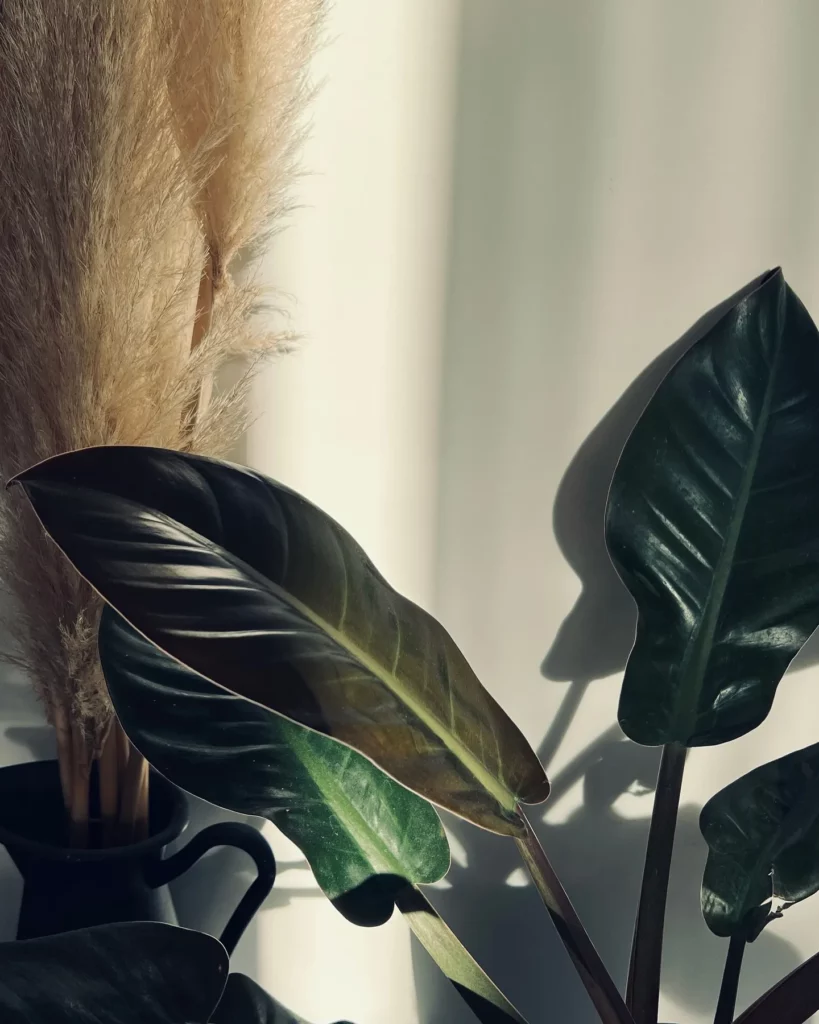
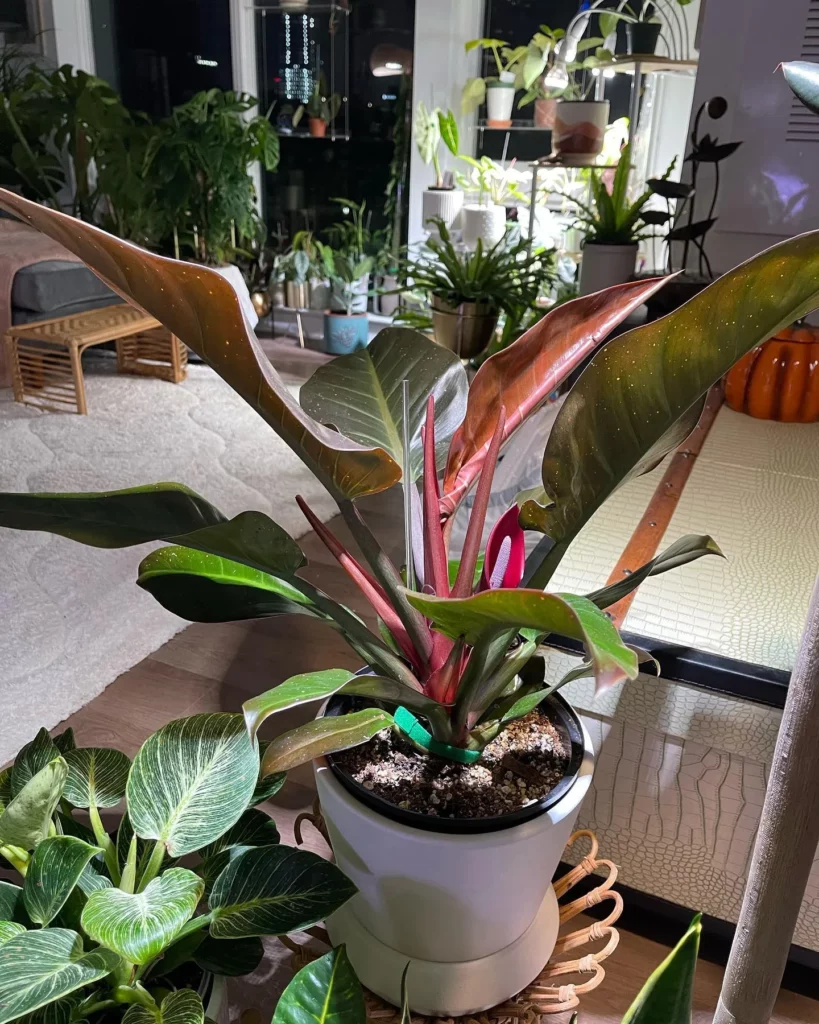
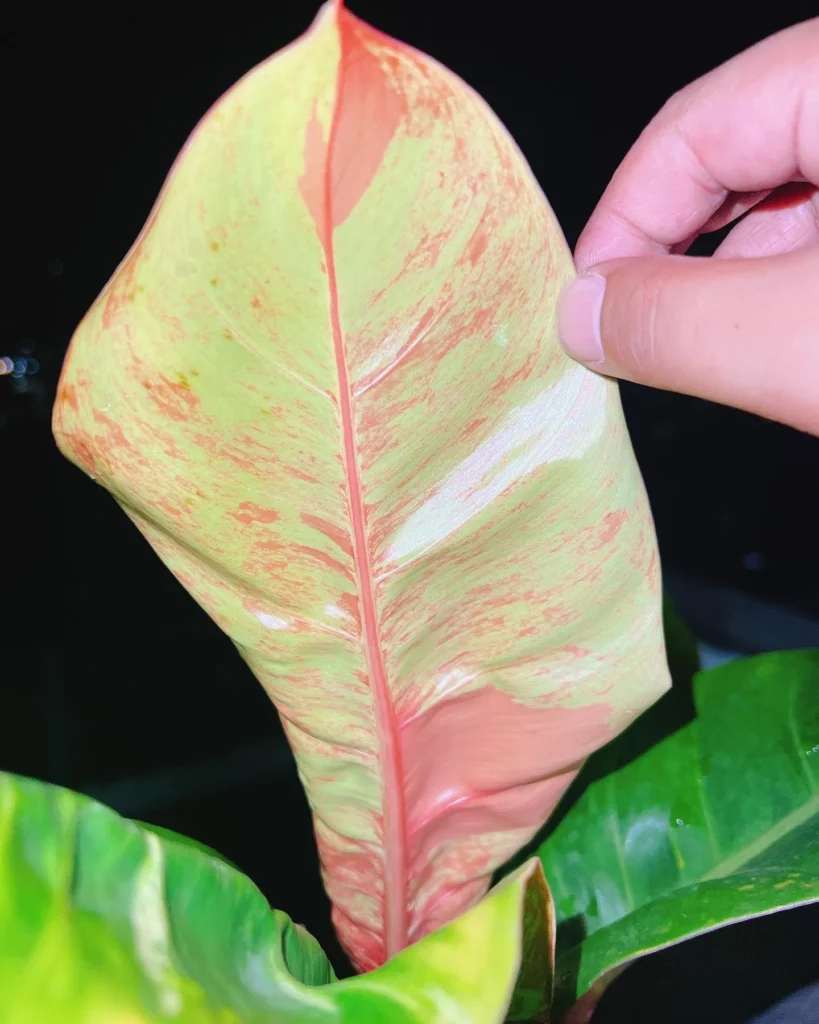
Philodendron Imperial Red, being a tropical plant, thrives in high humidity levels. While it can adapt to lower humidity in homes, it grows best when provided with ideal conditions. Proper humidity is important for the plant’s growth, as it affects its ability to absorb water and nutrients. However, maintaining humidity can be challenging, especially in dry climates or during winter when indoor heating can dry out the air.
To manage humidity for your Philodendron Imperial Red, consider using a humidifier to add moisture to the air. This can help create a more humid environment, replicating the tropical conditions the plant prefers. Another option is placing the plant on a pebble tray filled with water. As the water evaporates, it increases the humidity around the plant.
Misting the leaves of the Philodendron Imperial Red with water can also help increase humidity. This method mimics the natural humidity found in rainforests. Be sure to use room temperature water and avoid misting too frequently, as excessive moisture can lead to fungal diseases.
An additional strategy is to group your plants together. When multiple plants are placed close to each other, they create a microclimate with higher humidity. This can benefit not only the Philodendron Imperial Red but also other tropical plants in your collection.
Temperature Requirements for Philodendron Imperial Red
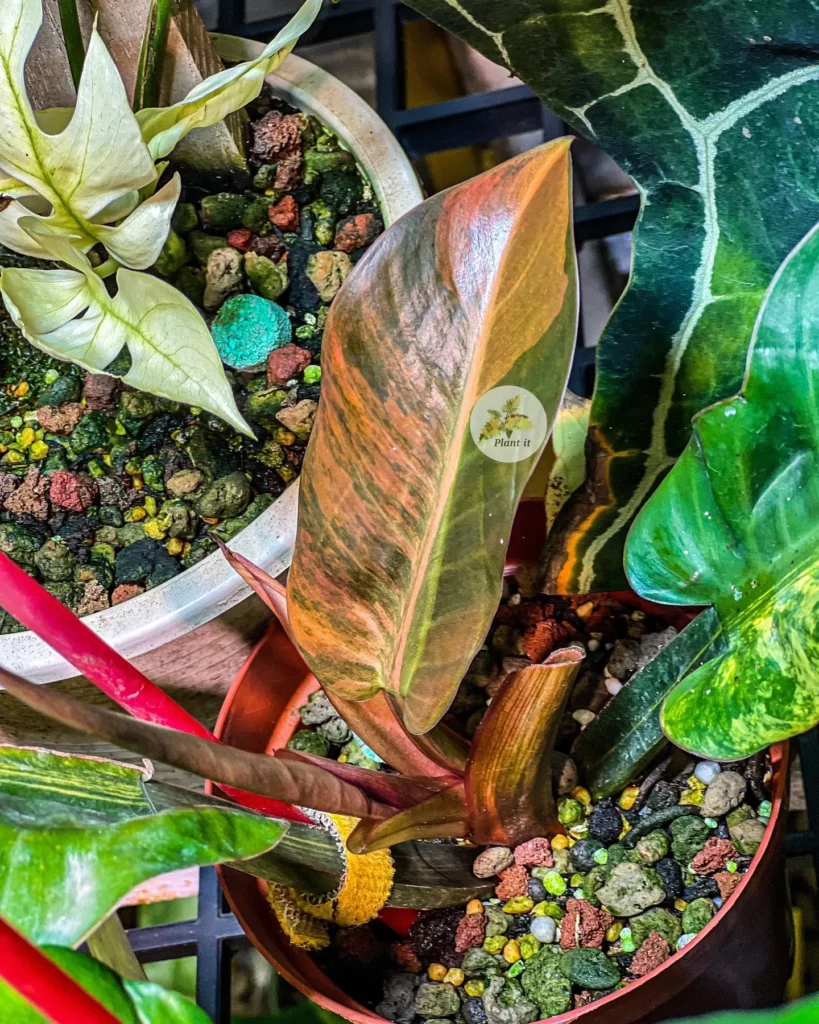
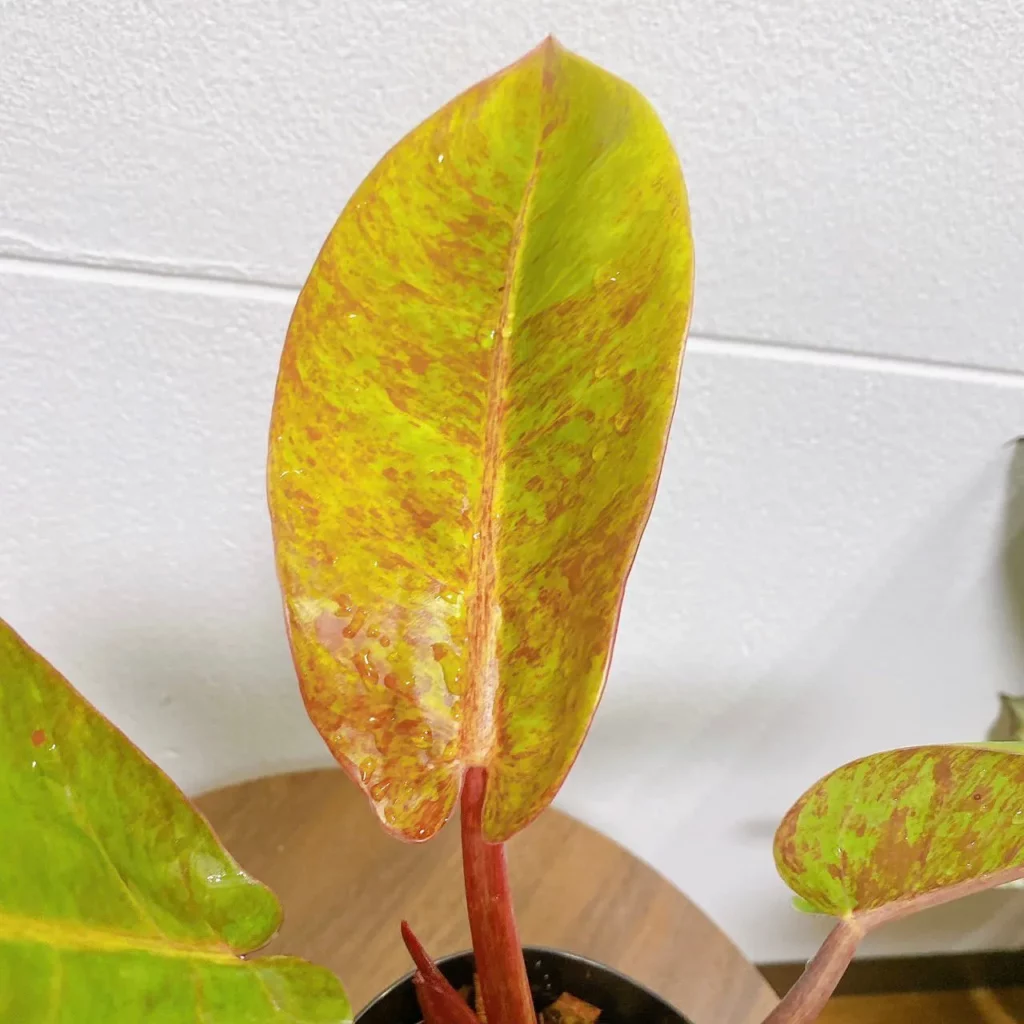
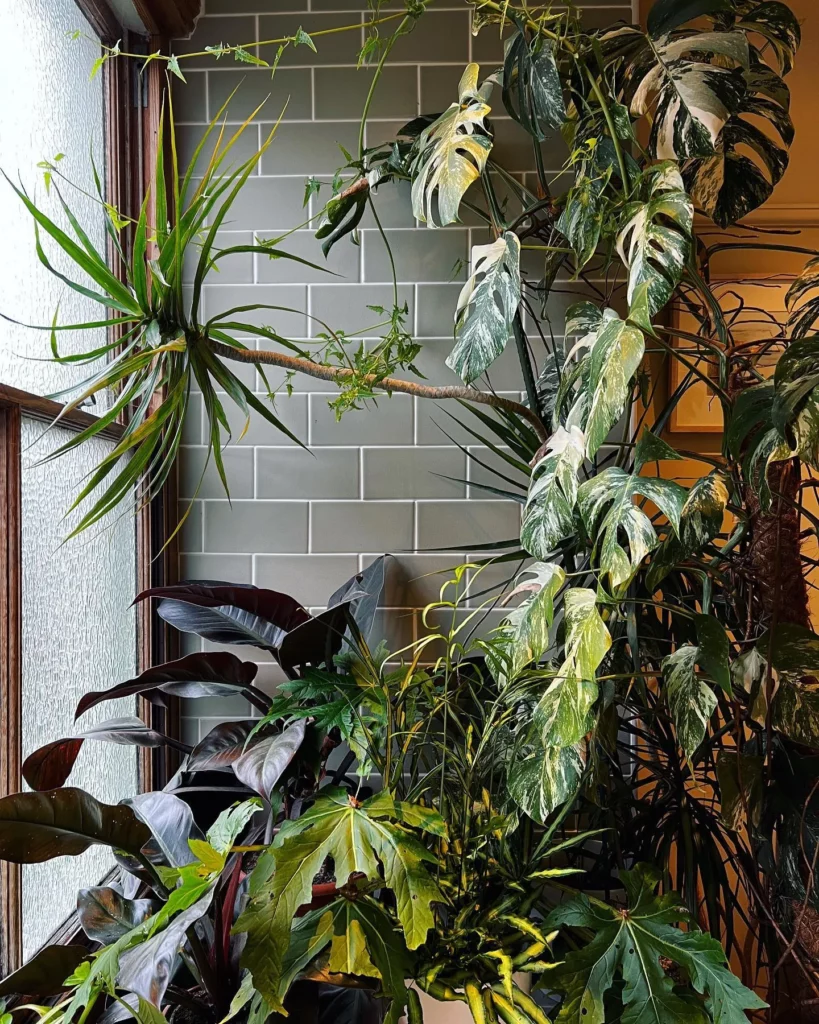
Philodendron Imperial Red, like any other plant, has specific temperature requirements for optimal growth. Understanding and maintaining the right temperature range is crucial to ensure the health and well-being of your plant.
For Philodendron Imperial Red, average to warm household temperatures are ideal. The recommended temperature range for this plant is between 60-85°F (15-29°C). This range provides the optimal conditions for the plant to thrive and grow.
It is important to note that Philodendron Imperial Red can tolerate temperatures as low as 55°F (12°C). However, it is best to keep the plant away from cold drafts or areas with fluctuating temperatures, as it can negatively affect its overall health.
While this plant can tolerate a wide range of temperatures, it is important to remember that it is not frost-hardy. If you decide to take your Philodendron Imperial Red outdoors during the summer months, make sure to protect it from freezing temperatures.
Fertilizing Philodendron Imperial Red
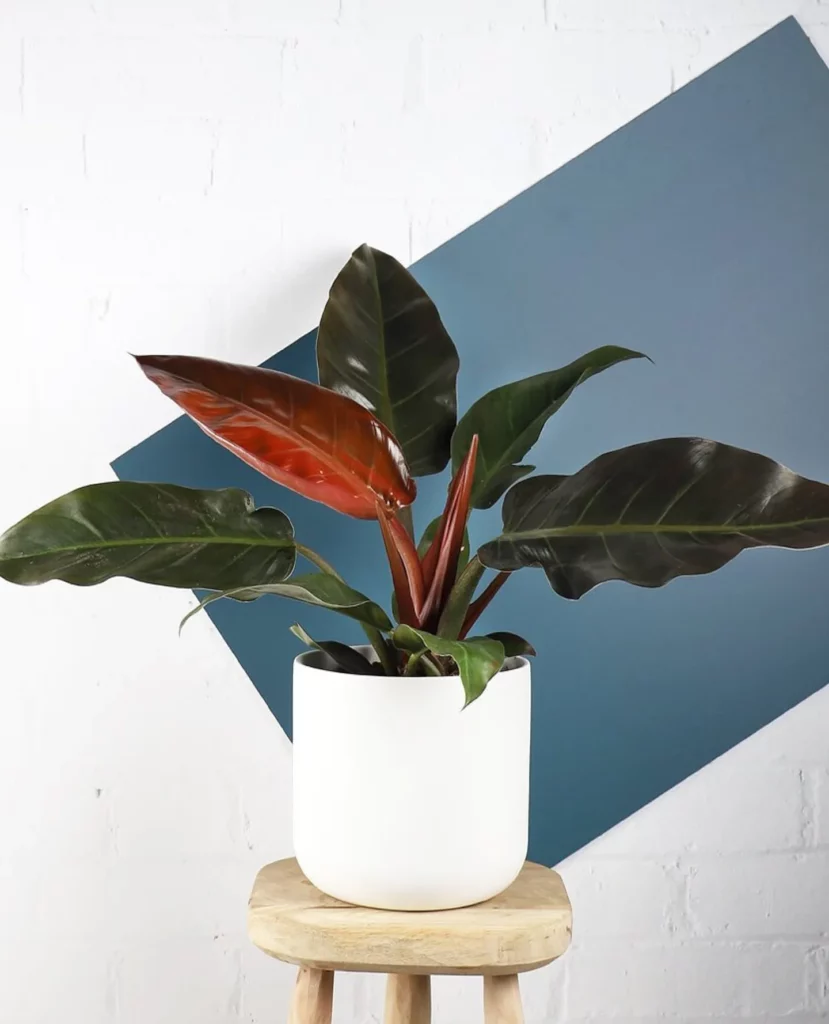


To ensure the health and vitality of your Philodendron Imperial Red, it is important to provide regular feeding during the growing season. By following a proper fertilizing schedule and selecting the right fertilizers, you can support the plant’s growth and enhance its overall appearance.
A balanced fertilizer is ideal for Philodendron Imperial Red. This type of fertilizer contains a mix of essential nutrients, such as nitrogen (N), phosphorus (P), and potassium (K), to promote healthy foliage and root development. Some recommended options for fertilizers include worm compost, compost, Grow Big, Maxsea, kelp/seaweed fertilizer, and Joyful Dirt.
When applying fertilizer, it is important to avoid overfertilizing. Excessive amounts of fertilizer can lead to a build-up of salts in the soil, which can harm the plant’s roots and cause root burn. To prevent this, follow the recommended dosage on the fertilizer packaging and dilute it to a weaker solution when feeding your Philodendron Imperial Red. This will provide the necessary nutrients without overwhelming the plant.
It is also important to consider the plant’s growth stage and adjust the feeding schedule accordingly. During the late fall and winter months, the plant enters a dormant phase, and its nutrient requirements decrease. Therefore, it is best to stop fertilizing during this time to avoid overfeeding.
Lastly, it is advisable not to fertilize a stressed plant. If your Philodendron Imperial Red is undergoing any kind of stress, such as pest infestations or waterlogging, it is best to resolve the issue before resuming fertilization. A healthy and well-maintained plant will respond better to fertilizers and utilize the nutrients more effectively.
Potting and Repotting Philodendron Imperial Red
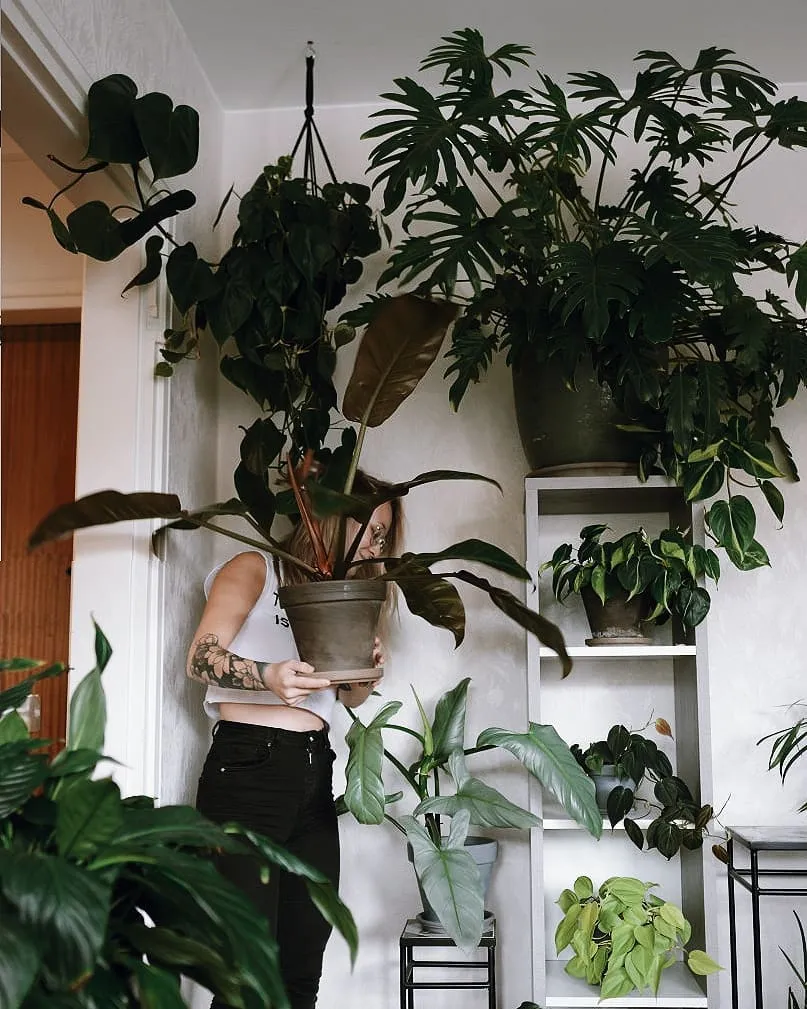
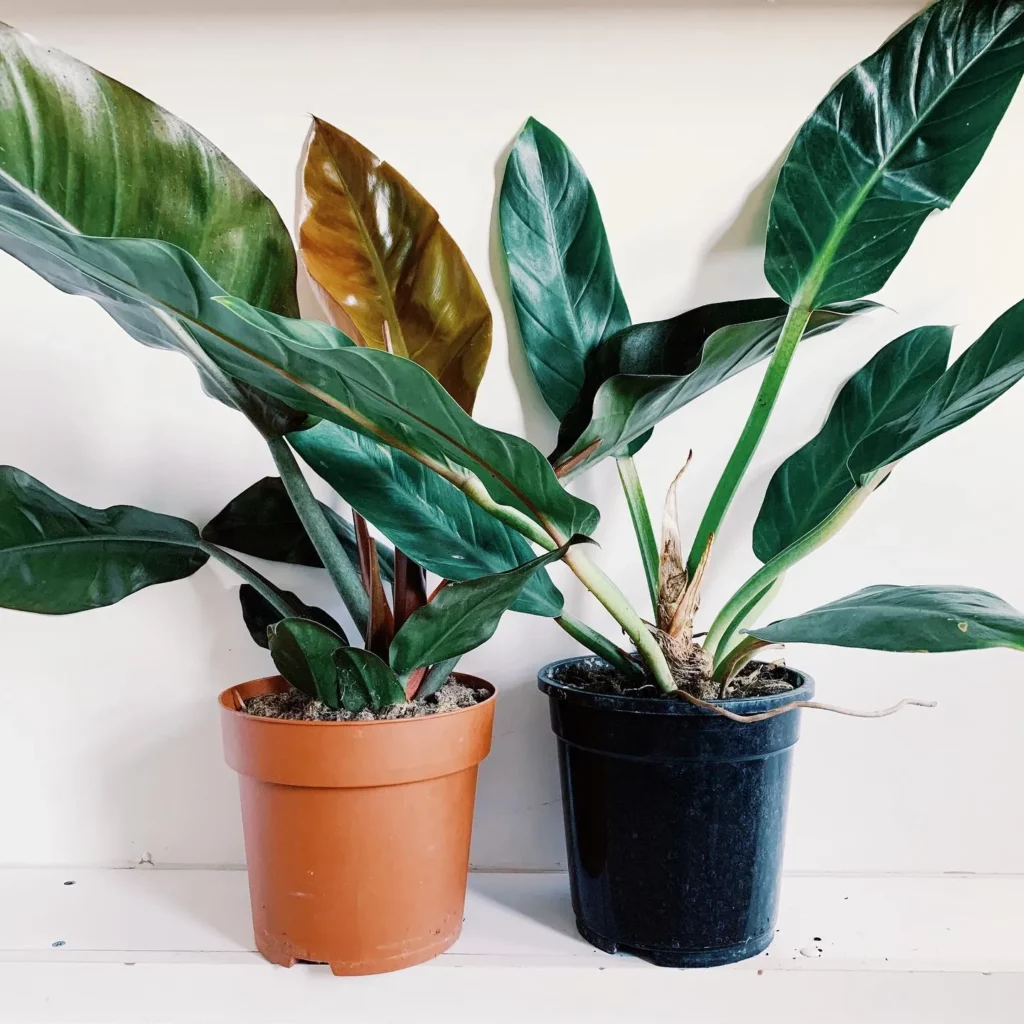

When it comes to potting and repotting your Philodendron Imperial Red, it’s important to provide the right soil conditions for optimal growth. This plant thrives in rich, well-draining soil that allows excess water to flow out easily and prevents the roots from sitting in soggy conditions.
For potting, choose a high-quality potting mix specifically formulated for indoor plants. Brands like Happy Frog or Ocean Forest are great options that provide the right balance of nutrients and drainage. Adding worm compost and compost to your potting mix can further enrich the soil and promote healthy growth.
Repotting should be done when your Philodendron Imperial Red has outgrown its current pot, typically in the spring or summer months. Look for signs such as roots protruding from the drainage holes or the plant becoming top-heavy. When repotting, choose a pot that is one size larger than the current one to allow the roots to have sufficient space to expand.
When it comes to pruning, Philodendron Imperial Red requires minimal maintenance. Focus on removing any dead or yellowing leaves to maintain the plant’s appearance and prevent the spread of diseases. Make sure to use clean and sharp pruners to avoid damaging the plant.
Pests and Diseases Affecting Philodendron Imperial Red
Just like any other houseplant, Philodendron Imperial Red can be vulnerable to common pests and diseases. One of the most troublesome pests for this plant is mealybugs, which often infest the new growth and nodes. However, managing and eliminating these pests can be done through regular inspections and gentle washing or spraying. By staying vigilant and taking prompt action, you can keep your Philodendron Imperial Red free from mealybugs.
Another issue that you may encounter with your Philodendron Imperial Red is brown tips on the leaves, which are typically caused by low humidity levels. To address this problem, you can take measures such as misting the leaves regularly, using a humidifier to increase humidity, or placing the plant on a pebble tray filled with water. These simple techniques can help create a more favorable environment for your plant, reducing the occurrence of brown tips and improving its overall health.
When it comes to managing pests and diseases, prevention is always better than cure. Being aware of the common pests and diseases that can affect your Philodendron Imperial Red and taking preventive measures can go a long way in keeping your plant healthy and thriving. Regularly inspecting your plant, maintaining a clean environment, and providing optimal growing conditions can help prevent major infestations and diseases. By taking these proactive steps, you can ensure that your Philodendron Imperial Red remains vibrant and beautiful, adding a touch of green to your indoor space.
FAQ
What makes Philodendron Imperial Red unique?
The Philodendron Imperial Red is a hybrid philodendron with unique characteristics that set it apart from other varieties. It is also known as the Blushing Philodendron or Red-leaf Philodendron.
How does the Philodendron Imperial Red look?
The Philodendron Imperial Red has glossy, wide, oval-shaped leaves that are a combination of maroon and dark green colors. As the plant matures, the leaves spread out laterally, giving it a full and lush appearance. It can reach a height of 2-3 feet with a leaf spread of 2-3 feet.
What are the light requirements for the Philodendron Imperial Red?
The Philodendron Imperial Red thrives in bright indirect light. It is ideal to place it near a north or east-facing window where it can receive gentle morning light without direct exposure to the sun.
How often should I water the Philodendron Imperial Red?
Water the Philodendron Imperial Red when the top half of the soil is dry, but avoid letting it completely dry out. During the winter months, the plant enters a dormant phase and requires less frequent watering.
Does the Philodendron Imperial Red require high humidity?
The Philodendron Imperial Red thrives in high humidity levels, but it can adapt to lower humidity in homes. You can use methods like misting the leaves, placing the plant on a pebble tray with water, or using a humidifier to create a more humid environment.
What temperature range does the Philodendron Imperial Red prefer?
The Philodendron Imperial Red thrives in average to warm household temperatures, ideally ranging from 60-85°F (15-29°C). It can tolerate temperatures as low as 55°F (12°C) but should be kept away from cold drafts or areas with fluctuating temperatures.
How often should I fertilize the Philodendron Imperial Red?
The Philodendron Imperial Red benefits from regular feeding during the growing season. Apply a weak solution of liquid fertilizer two or three times throughout the season. Stop feeding during the late fall and winter months.
What type of soil is suitable for the Philodendron Imperial Red?
The Philodendron Imperial Red thrives in rich, well-draining soil. A potting mix formulated for indoor plants, such as Happy Frog or Ocean Forest, is suitable. Repotting is best done in spring or summer when the plant has outgrown its current pot.
How do I manage pests and diseases affecting the Philodendron Imperial Red?
The Philodendron Imperial Red can be susceptible to pests like mealybugs. Regular inspections and gentle washing or spraying can help manage and eliminate pests. Brown tips on the leaves are often a sign of low humidity levels, which can be addressed through misting, using a humidifier, or placing the plant on a pebble tray.

